ARTICLE AD BOX
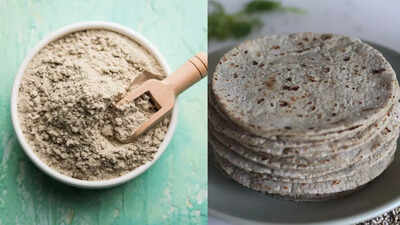
What to eat is one of the major concerns for any diabetic, as the food you eat can instantly spike the sugar levels and may increase the risk of serious health conditions. Well, in most Indian households roti is believed to be that one staple that can easily help in balancing the sugar levels, but is it actually good? Interestingly, health experts vouch for roti as a healthy solution for diabetics, but is the flour actually good for diabetics? Let’s find out…Why millets?Millet flours have emerged as a nutritious alternative to traditional wheat flour, especially for individuals looking to manage blood sugar levels effectively.
These ancient grains, widely cultivated in Asia and Africa, offer a low glycemic index (GI) which means they release glucose slowly into the bloodstream, preventing sudden spikes in blood sugar. This slow digestion is primarily due to the high dietary fiber and resistant starch content found in millets, which also improves insulin sensitivity and provides sustained energy release.
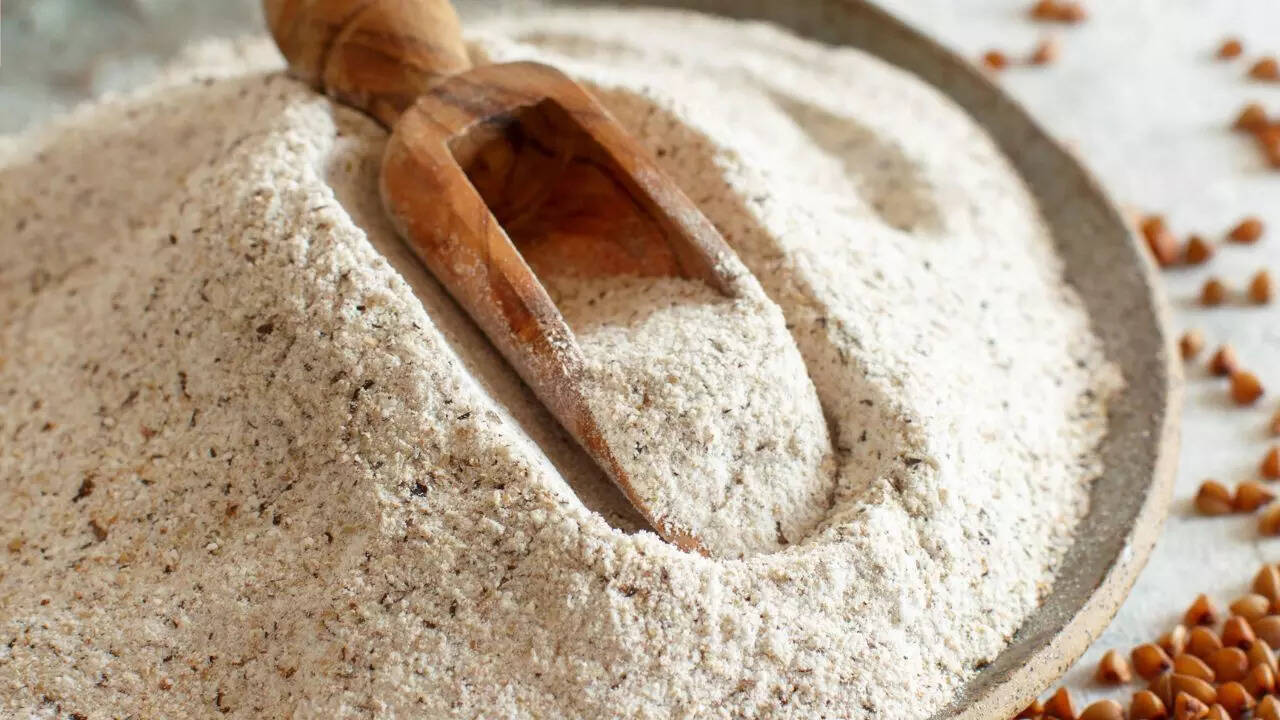
Credit: Canva
Why these millet flours?Among the various millet flours, three stand out for their particular benefits in blood sugar management: little millet flour, foxtail millet flour, and pearl millet flour.
Little millet flour is rich in dietary fiber and antioxidants that help reduce oxidative stress while supporting healthy digestion and steady glucose levels. Its gluten-free nature also makes it suitable for those with gluten sensitivities or celiac disease.
Foxtail millet flour has a similarly low GI and is packed with fiber and antioxidants that contribute not only to blood sugar control but also to improved cholesterol profiles and heart health.
Pearl millet flour is noted for its mineral richness, including magnesium and iron, which support bone health and immunity. It also helps regulate blood sugar and cholesterol levels with its balanced nutrient profile.These millet flours into your diet can be simple and effective. Common ways include substituting wheat flour with millet flour in chapatis, pancakes, and other baked goods. Using a mix of whole wheat and millet flour gradually familiarizes the palate while aiding blood sugar control.
As millet flours release energy slowly and have a high fiber content, they aid in reducing post-meal glucose spikes, improve insulin function, and promote satiety, which helps with weight management—an important factor in diabetes care.
Overall, these millet flours provide a wholesome, nutrient-dense option that supports both blood sugar regulation and overall wellness. This makes little millet, foxtail millet, and pearl millet flours excellent dietary choices for those aiming to manage diabetes or maintain stable sugar levels through natural, food-based approaches.
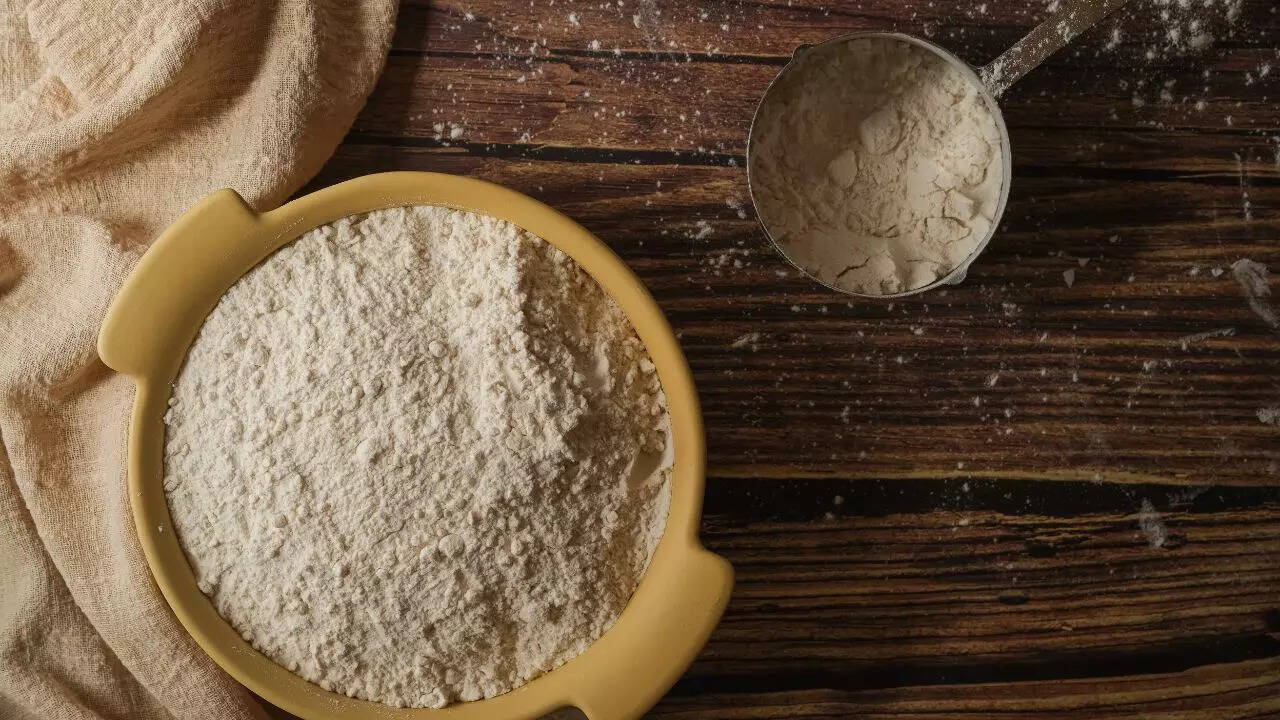
Here is an outline of the key health benefits for each of the three millet flours:Little Millet Flour Little millet has a low glycemic index, which helps release glucose slowly, preventing blood sugar spikes. Its high dietary fiber supports better glucose control and insulin sensitivity. Rich in Antioxidants Contains antioxidants that reduce oxidative stress and support overall metabolic health. Digestive Health High fiber content promotes smooth digestion, prevents constipation, and supports gut flora balance.
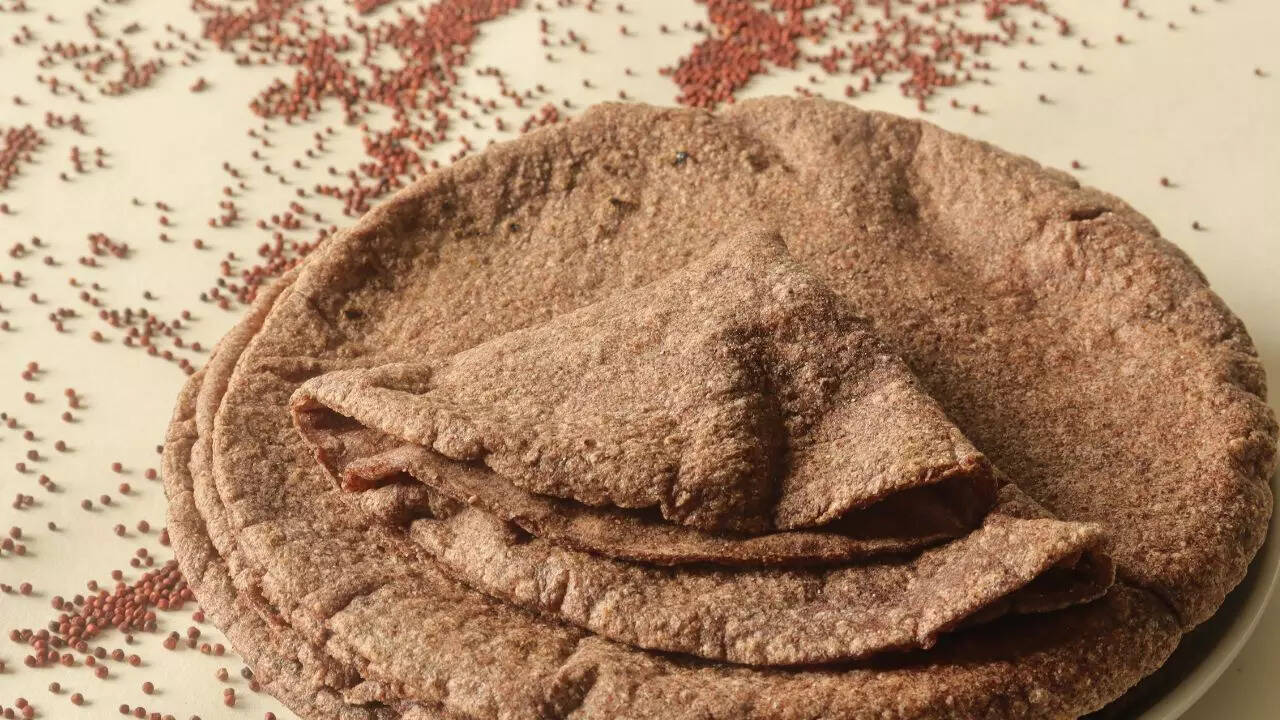
Foxtail Millet FlourFoxtail millet is known for its low glycemic index and fiber content, aiding in the regulation of blood sugar and reducing insulin resistance. Contains minerals like potassium and magnesium that help regulate blood pressure and improve cholesterol profiles. Acts as a prebiotic, fostering beneficial gut bacteria, which supports digestion and immune function.Pearl Millet FlourNutrient DenseRich in minerals such as magnesium, iron, and calcium, which support bone health, immunity, and metabolic functions.
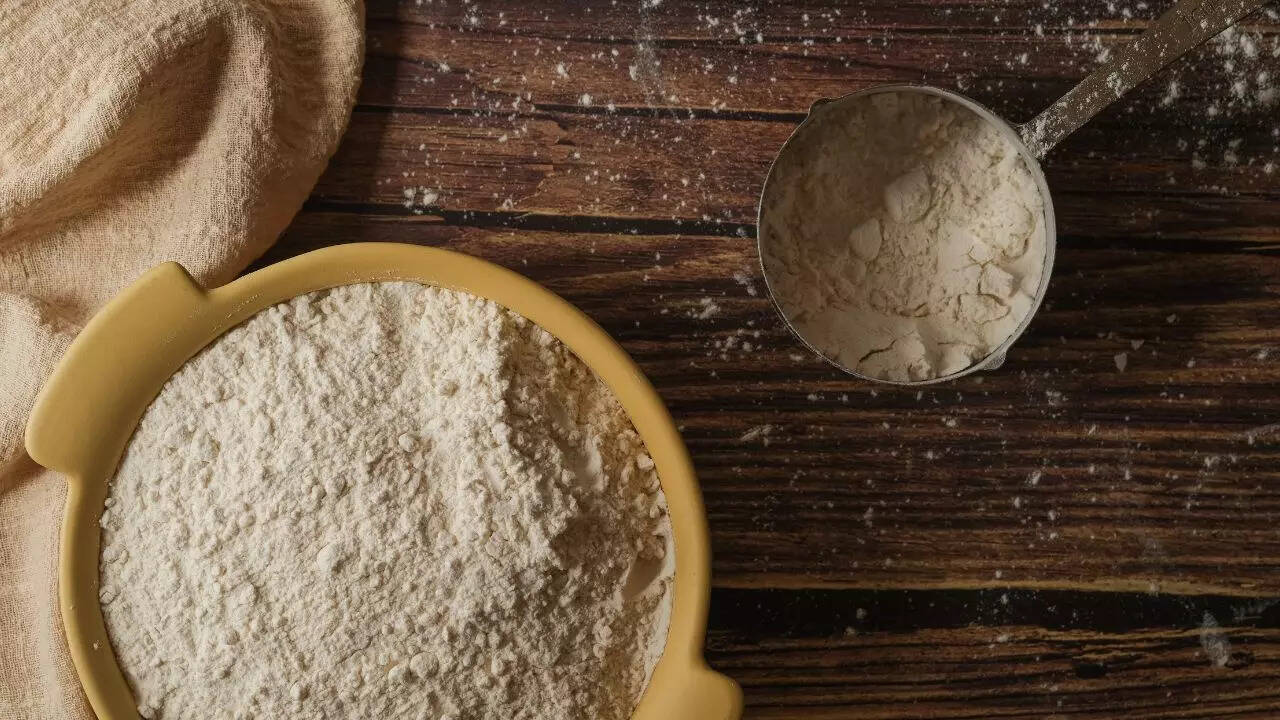
To ensure your all purpose flour remains fresh and retains its quality for as long as possible, here are seven effective methods:Use Air-tight Containers: Transfer all purpose flour from its original packaging to air-tight containers, such as glass jars or food-grade plastic containers with tight-fitting lids. This prevents exposure to air and helps maintain freshness.Store in a Cool, Dark Place: Keep all purpose flour in a cool, dry place away from heat sources, sunlight, and humidity. A pantry or cupboard is ideal, as it provides a stable environment that minimizes temperature fluctuations.Freeze for Long-term Storage: If you won't use all purpose flour frequently, consider storing it in the freezer. Place all purpose flour in an air-tight container or heavy-duty freezer bag to protect it from moisture and freezer burn. Frozen all purpose flour can last for up to two years without significant loss of quality.Rotate Stock Regularly: Try to use older all purpose flour first before newer batches. This practice ensures that all purpose flour is used within a reasonable time frame, minimizing the risk of it going stale or rancid.
Blood Sugar and Cholesterol Regulation: Low glycemic index and soluble fiber aid in controlling blood sugar levels and lowering bad cholesterol (LDL). Weight ManagementHelps increase satiety due to slow digestion, aiding in appetite control and weight management.Overall, these millet flours contribute antioxidants, fiber, and essential minerals that support cardiovascular health, digestive wellness, bone strength, and stable blood sugar levels, making them excellent choices for people managing diabetes or seeking healthier flour alternatives.

 1 day ago
6
1 day ago
6








 English (US) ·
English (US) ·